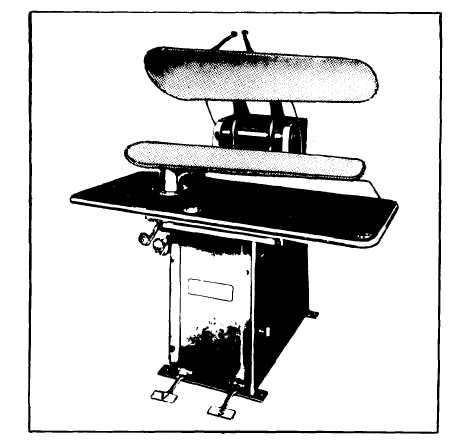| |
Although they look different, they basically
operate on the same principles. The dry-cleaning
machine shown in figure 6-2 is commonly called
the multimatic (Model Solo) and has a load
capacity of 30 pounds. The dry-cleaning machine
shown in figure 6-3 is the VIC model manufac-
tured by the VIC Manufacturing Company
and the components are shown for your reference.
The dry-cleaning units used today are much
easier and safer to operate than machines used
in the past. They eliminate the job of moving
solvent-ladened clothes from one machine to
another. You simply load the machine and when
the cycle is complete clothes are dry and ready
to press. This lowers the risk of solvent exposure.
Listed below is basically what happens to a load
during a complete cycle:
1. The load is placed in the washer basket,
where solvent and soap, with the motion of the
machine, carry on the initial washing process.
2. The solvent travels in a cycle through the
washing basket into the filter-where much of the
dirt it has collected is removed—and back into
the washer, where the load is rinsed.
3. A portion of the solvent is drained off after
it passes through the filter. This solvent enters the
distilling unit, where it is completely purified. This
is done by heating the solvent until it vaporizes.
The vapor is then run over cold pipes to lower
its temperature rapidly and return it to a liquid
state. After distilling, the solvent again enters the
washing cycle. By this means the total amount of
solvent in the machine is kept at an acceptable
level of purity for a long time.
4. At the end of the washing-rinsing period,
the flow of solvent is automatically shut off and
the machine spins to extract the solvent from the
load.
5. After extraction, any remaining solvent is
reclaimed during the drying process. This is done
by tumbling the garments in a stream of warm
air that vaporizes the solvent. The solvent-ladened
air is passed over a cooling coil, condensed into
liquid solvent, and returned to the stowage tank
for reuse. The length of the drying cycle depends
Figure 6-4.—Dry-cleaning press.
6-8
|

